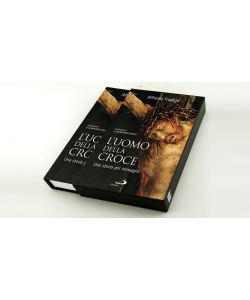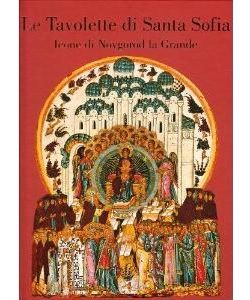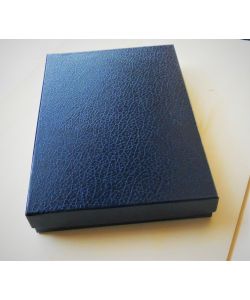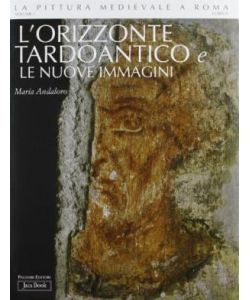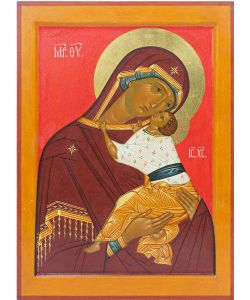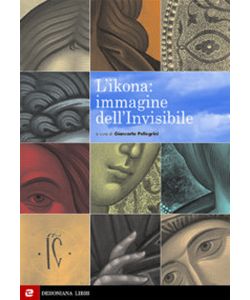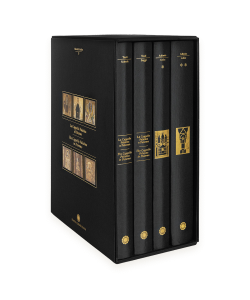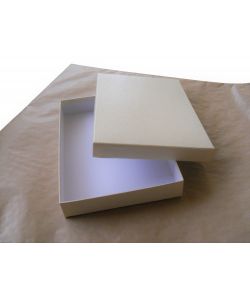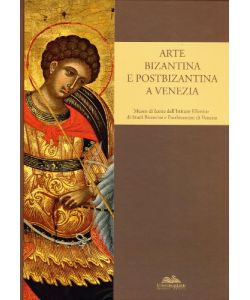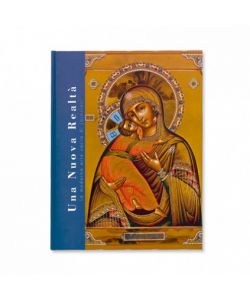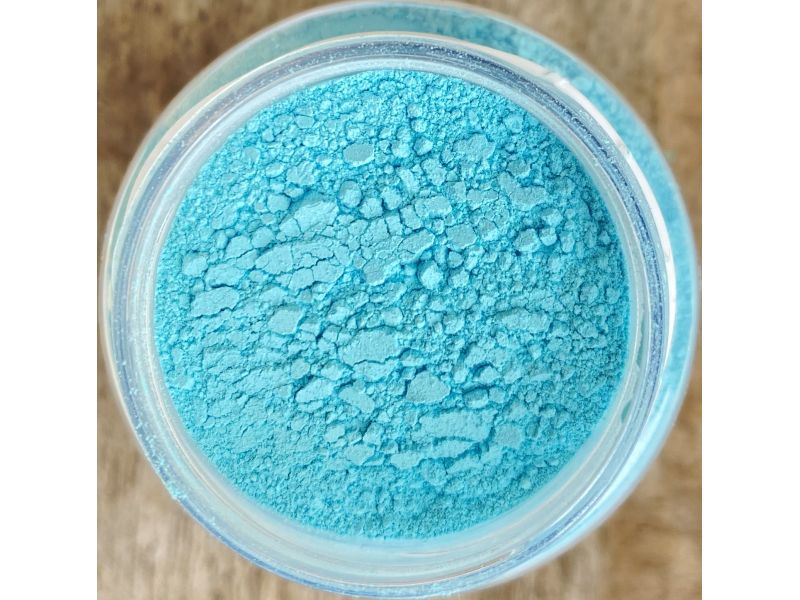
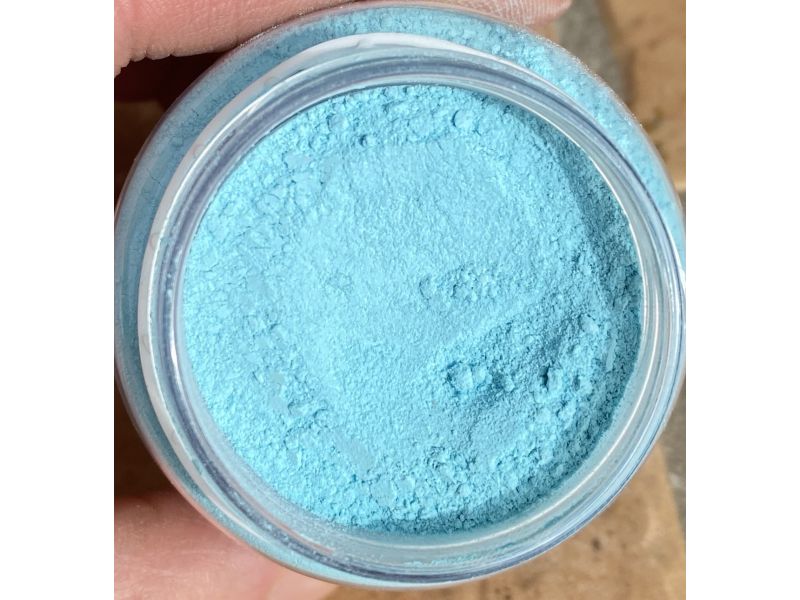
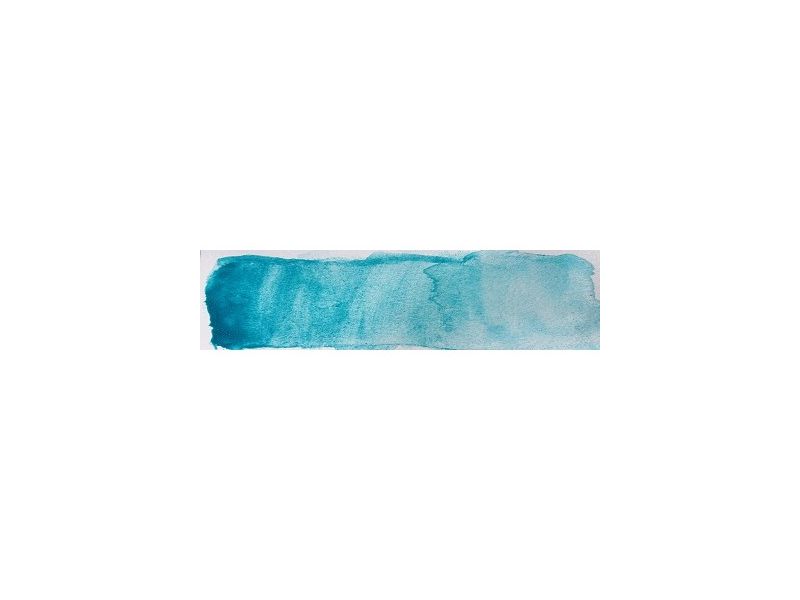



Chrysocolla BLUE, mineral, Russian pigment
Origin: Democratic Republic of the Congo
Chrysocolla, bergruine, golden clay, green azure, mineral green, berg green. In nature, the mineral chrysocolla is found in blue or blue-greenish color. The most similar composition is Cu₂₋ₓAlₓ(H₂₋ₓSi₂O₅)(OH)₄ · nH₂O.
It has been known since ancient times with the name of chrysocolla (from the Greek hodla - glue or "golden glue", in ancient times it was used to solder gold objects). The ancients distinguished Armenian, Macedonian and Cypriot chrysocolla based on the place of production. It is probably the chrysocolla that Theophrastus speaks of when he says that it winds in copper mines. In Western Europe it was extracted as early as the 1st century AD. Roman artists used it in the 6th-8th centuries. Italians in the 14th century
- 16th century. They used it under the name of "green blue". Russian icon painters of the 15th-17th centuries called it "green".
Mohs hardness scale 2-4
Refractive index, No 1.46 - 1.59
Not resistant to high temperatures and acids.
Nowadays it is little used, but in the past it was used in all types of painting.
•Chemical description: mineral of the silicate class, hydrated copper silicate.
•Chemical formula: Cu₂₋ₓAlₓ(H₂₋ₓSi₂O₅)(OH)₄ · nH₂O.
• Lightfastness – 8
•Alkali resistance: 5
•Lime resistance: 5
•Acid resistance: 2
•Suitable for acrylic, tempera, watercolor / gouache
•Blue-transparent color
• Powder
•Overall coverage is medium.
| Chrysocolla BLUE, mineral, Russian pigment, 10 GR. | Stock: 6 - COD. CRISOBLUE10 | |||
| € 24,00 |

|
|||
| Chrysocolla BLUE, mineral, Russian pigment, 50 GR. | Stock: 2 - COD. CRISOBLUE50 | |||
| € 115,00 |

|
|||
